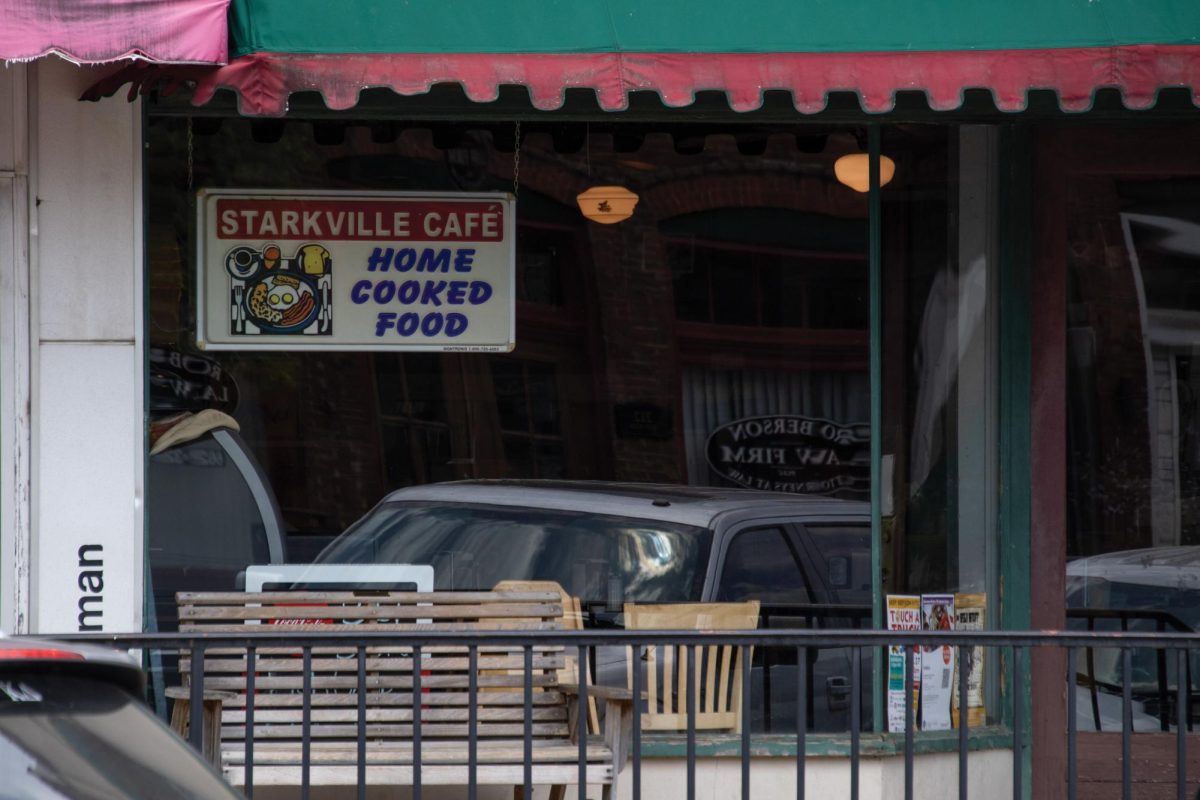On March 11, a magnitude 9.0 earthquake occurred at 14:46 JST with an epicenter 129 kilometers east of Sendai, Japan. Foreshocks had begun on March 9 with a magnitude 7.2 earthquake and culminated in disaster two days later. The lurching of the Pacific Plate westward shifted Honshu by 2.4 meters and generated a tsunami. Approximately 10 minutes later, walls of water up to 15 meters high reached Sendai. The deluge of seawater surged up to six kilometers inland, destroying property and lives all along the eastern coast of the Tohoku region of Honshu.
As of March 23, the National Police Agency of Japan tabulated at least 9,452 deaths, 14,671 missing and over 300,000 evacuees scattered across 16 prefectures. The Japanese government estimated the total damage to be as much as $309 billion, and the World Bank indicated reconstruction efforts could take five years. Though thousands of evacuees are returning home daily as power is restored, others are moving away from smaller evacuation centers to larger centers in search of family and better assistance.
Out of all of Japan’s problems — whether they be fuel shortages, lack of food and clean water, homelessness or psychological damage — one problem in particular piques the curiosity of the global community: the threat of meltdown at the Fukushima Daiichi nuclear power station.
Six reactors comprise the 1970s-era power station, which is situated on the coast of the Fukushima prefecture. Designed to withstand natural disasters, several fail-safes were automatically triggered. Seismic activity prompted full insertion of boron control-rods into the cores of the three operational reactors to shut them down. However, the reactors also depend on water cooling systems to prevent a meltdown. Since the earthquake cut off the supply of off-site power, diesel-powered generators kicked in to supply the cooling system with electricity. Unfortunately, these failed with the arrival of the tsunami. Yet another fail-safe was triggered and the essential cooling system was in turn powered by batteries. Eight hours later, the batteries died.
A hydrogen explosion occurred outside the primary containment vessel at Unit 1 reactor on March 12, followed by another on March 14 at Unit 3 reactor. Damage was done only to the reactor buildings, but Tokyo Electric Company employees were injured in each case. In response, Japanese Prime Minister Naoto Kan ordered an evacuation of all residents within 20 kilometers of the Fukushima Daiichi power plant. As of March 23, workers are continuing to rejoin the station to off-site power; however, doing so does not mean a return to normal operation. The extent of damage to electrical systems is still unknown.
While the people of Japan are rebuilding northern Honshu and mourning the loss of loved ones, they also contend with the specter of radiological disaster. Hibakushas such as Shigeko Sasamori and Mikiso Iwasa are survivors of the 1945 atomic bombings of Hiroshima and Nagasaki. While the parallel between the devastation wreaked by the tsunami — the flattened homes and floating bodies — and that of the bombings is clear, it is the idea of seeing others endure the wasting effects of radiation poisoning that perturbs the hibakushas.
Sasamori, 78, said, “We know how dangerous it is when you’re exposed to radiation. We had Hiroshima and Nagasaki and many people suffered.”
In a CNN interview, Iwasa said, “It’s our hope to have us as the final victims [of nuclear technology].”
EPA’s RadNet results confirm radioactive material carried by the winds to the U.S. is miniscule and poses “no health concern.” Despite this, panic buying of potassium iodide (KI) pills by Americans is depleting global supply of the supplement which protects the thyroid gland from radioactive iodine. Since we don’t actually need the KI pills, let’s spend those dollars on charity for the victims of the earthquakes and tsunami. They need it.
Christopher Ramos is a graduate student in the Department of Physics and Astronomy. He can be contacted at [email protected].
Possibility of reactor meltdown threatens
Donate to The Reflector
Your donation will support the student journalists of Mississippi State University. Your contribution will allow us to purchase equipment and cover our annual website hosting costs.




















































































